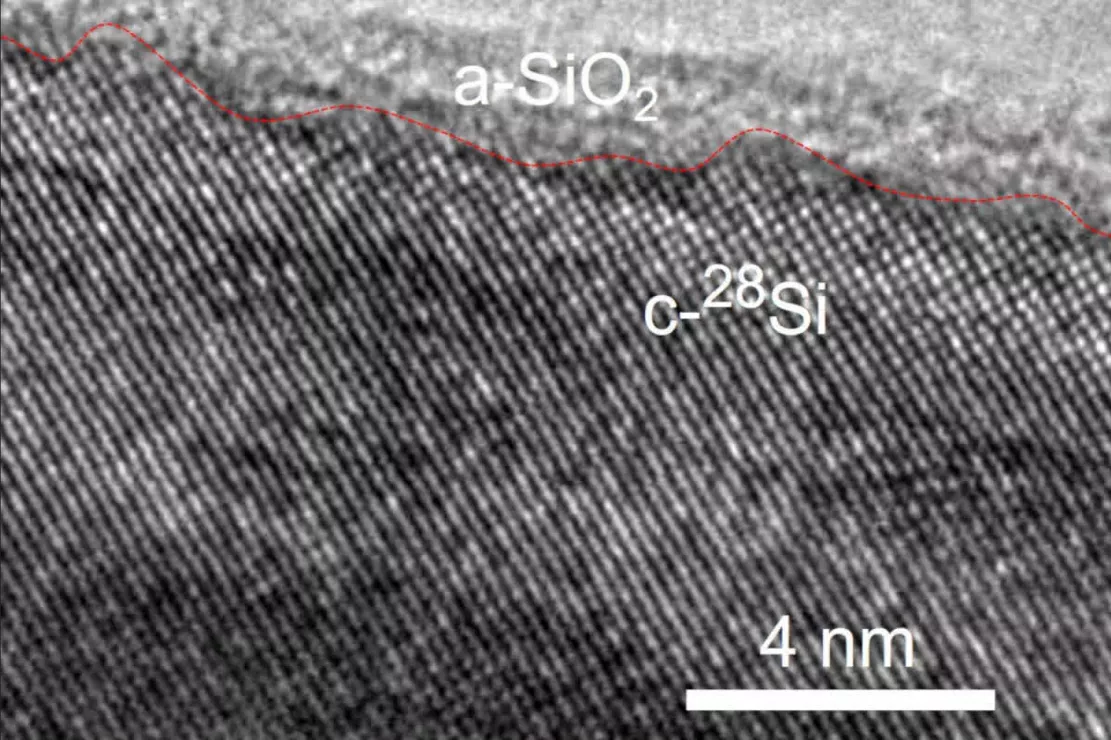Scientists from the University of California, Berkeley, have developed and demonstrated a new type of ultra-thin silicon nanowire, which has far better heat dissipation performance than the current technology This discovery may lead to smaller and faster microchips, but manufacturing may be a problem.
Silicon in modern electronic products is a cheap, rich and good electrical conductor. However, it is not a good thermal conductor. This problem can only be amplified in microchips with billions of transistors.
As Berkeley Lab said, natural silicon is made up of three major isotopes. About 92% consists of the isotope Si-28, and the remaining 5% and 3% are si-29 and si-30, respectively.
It has long been believed that chips made of pure silicon-28 can conduct heat better and may produce faster and denser electronic products. This was tested in the mid-2000s, but the thermal conductivity of single crystal samples was only improved by 10%. Simply put, it is not worth making isotopic pure silicon for such a small profit, so the remaining silicon isotopic material is stored in Berkeley Laboratory for other scientists to use it one day.
This happened a few years ago.
Berkeley scientists are trying to figure out ways to improve the heat transfer of chips, and they also want to know whether nanowires made of pure silicon-28 will help. They contacted the owner of the stored materials and obtained enough test materials.
The first test involved a 1mm size bulk silicon-28 crystal, and the results reflected a 10% improvement achieved a few years ago. The team then used a process called electroless etching to make natural silicon and silicon-28 nanowires with a diameter of only 90 nanometers (billionths of a meter), or about 1000 times thinner than a strand of human hair.???
Scientists expected an increase over the previous results, but they were shocked to see that the thermal conductivity of pure nanowires was 150% better than that of natural silicon nanowires.

Under the electron microscope, the researchers found a layer of glassy silica on the surface of silicon-28 nanowires. The computational simulation experiment further points out that without silicon-29 and silicon-30, phonons cannot escape to the surface, where they will be slowed down.
Phonons are described as waves of atomic vibration that carry heat in silicon. When silicon-29 or silicon-30 with different atomic masses are encountered, phonons will be confused and slow down, thus hindering heat transfer. For pure silicon-28, this is no longer a problem.
"The discovery of two independent phonon blocking mechanisms - surface and isotope, which were previously considered to be independent of each other - now work together, which benefits us from heat conduction, which is very surprising but also very happy," said Junqiao Wu, head of the study
The team says their next goal is to determine whether they can control, rather than simply measure, the heat conduction of pure silicon nanowires.